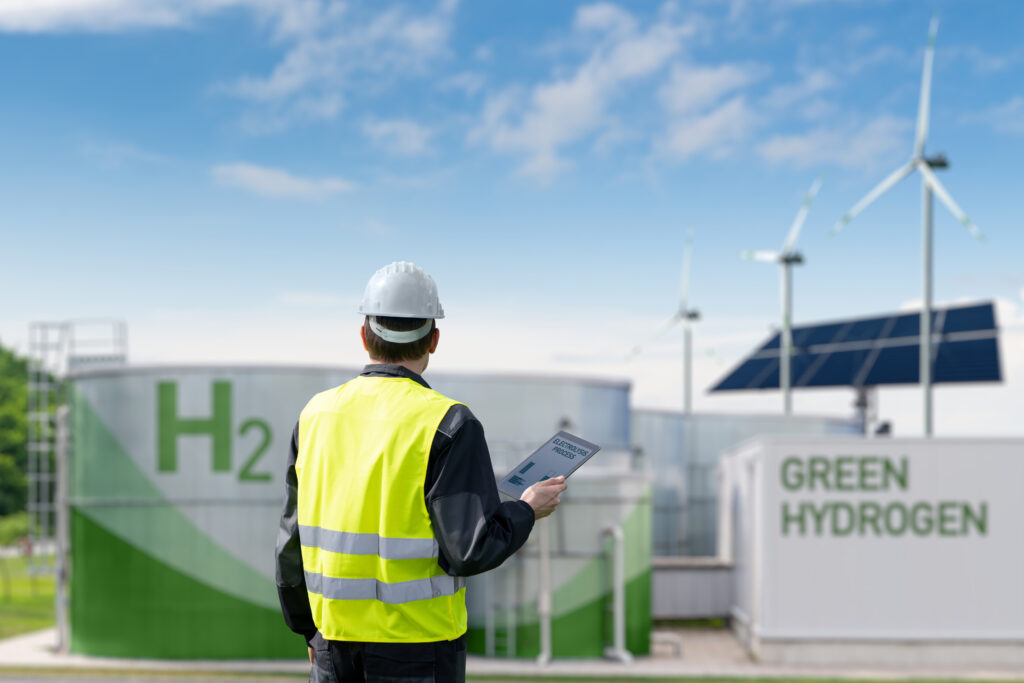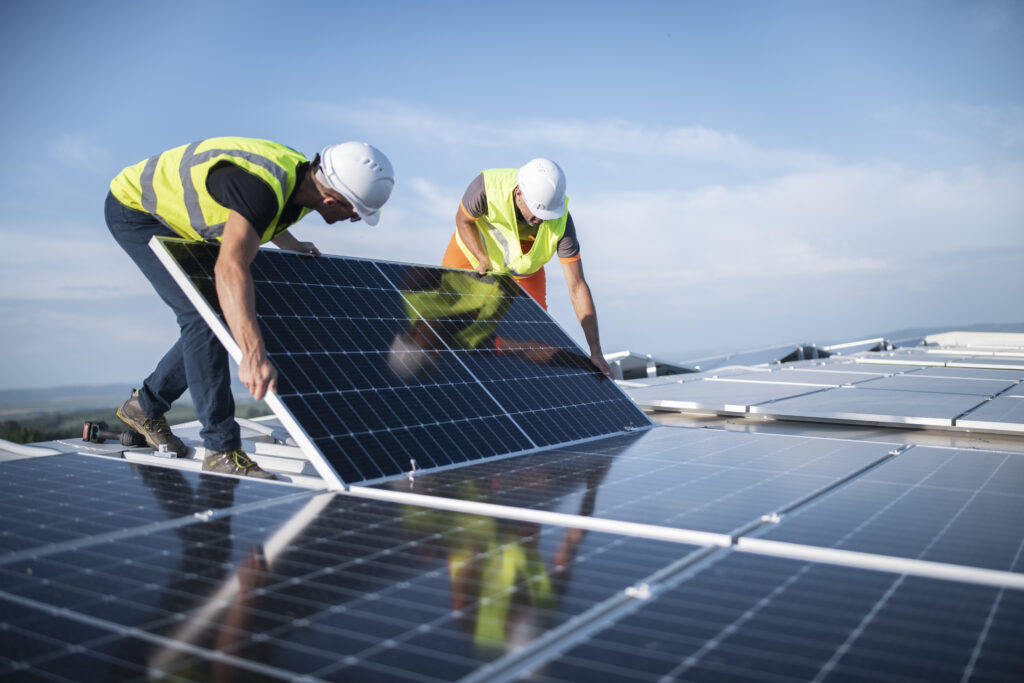
Energy firms and business organizations are promoting clean hydrogen as crucial for Texas to maintain its status as the global energy hub. However, the road ahead is unclear, and the outcome is uncertain.
Hydrogen, the most abundant element in the universe, plays a significant role in hydrocarbons, which power oil and natural gas. It has the potential to serve as a climate-friendly fuel for transportation modes like ships, airplanes, and heavy machinery that are not easily electrified.
“The 800-pound gorilla is cost,” Neeraj Bhat, head of hydrogen for electricity utility AES Clean Energy, told a panel at CERAWeek by S&P Global. “A big part of it is getting those first projects in the ground.”
Neeraj bhat
Texas is currently the leading producer of hydrogen in the United States. However, the production process involves using natural gas as a feedstock, which results in burning fossil fuels for separation and emitting carbon dioxide as a byproduct.
According to the International Energy Agency, Texas generates 2 million tons of hydrogen each year, leading to the release of over 10 kilograms of CO2 for every kilogram of hydrogen produced.
There are methods available for isolating hydrogen that emit fewer emissions, albeit at a higher cost. The main challenge lies in reducing the expense of producing clean hydrogen to levels that can effectively compete with other sustainable energy sources, such as renewable fuels and low-emission electricity.
To address this challenge, the Department of Energy is backing the HyVelocity Hub in Houston, aimed at advancing clean hydrogen technologies along the Gulf Coast. Initial projects will focus on producing blue hydrogen, which involves enhancing the existing natural gas-based process with additional equipment to capture and store the carbon dioxide underground.

Blue hydrogen is currently the most cost-effective form of clean hydrogen. While the added equipment can capture over 90% of the CO2 emissions, it requires significant energy, potentially leading to additional CO2 emissions. Moreover, some experts raise concerns about the long-term storage of CO2 injected into aging oil and gas wells.
Proposed green hydrogen plants aim to utilize electricity generated from wind and solar facilities to undergo electrolysis, a process that splits water into hydrogen and oxygen molecules. However, the high cost of electrolyzers poses a challenge, compounded by increasing competition for renewable power. Consequently, green hydrogen can be priced at more than double the cost of blue hydrogen.
On the other hand, pink hydrogen is produced using electricity from nuclear power plants, which can potentially lower the overall cost of hydrogen production. Given that energy accounts for 85% of the expenses associated with clean hydrogen production, leveraging cheaper nuclear electricity could result in more affordable hydrogen.
Despite the current challenges, innovators throughout the supply chain are actively working to reduce costs, with entrepreneurs anticipating significant price reductions in the foreseeable future. However, competition for clean electricity is intensifying, as other energy sources also strive to lower costs.
Many hydrogen projects initially relied on the assumption that surplus electricity from wind and solar power would drive down prices. However, the escalating demand for electricity, driven by the proliferation of data centers and artificial intelligence facilities, is projected to triple the U.S. electricity demand.
While hydrogen faces competition from alternative technologies, it holds promise in specific sectors. Heavy vehicles like long-distance trucks and cargo ships, which require large fuel quantities and travel between fixed locations, are prime candidates for hydrogen usage. Additionally, industrial facilities necessitating high heat, such as steelworks or cement kilns, could adopt hydrogen to reduce their carbon emissions. Furthermore, optimizing the existing hydrogen supply chain could significantly decrease greenhouse gas emissions.

Recognizing the potential of hydrogen, the Biden administration has earmarked $7 billion for developing hydrogen hubs nationwide to bolster clean hydrogen production. Additionally, an extra $1 billion has been allocated to incentivize consumers to embrace clean hydrogen until prices align with conventional hydrogen sources.
“Typically, the supply has to be there before demand occurs,” David Crane, undersecretary for infrastructure at the Department of Energy said. “This is a new energy commodity, so we have to work on the demand side.”
david crane







